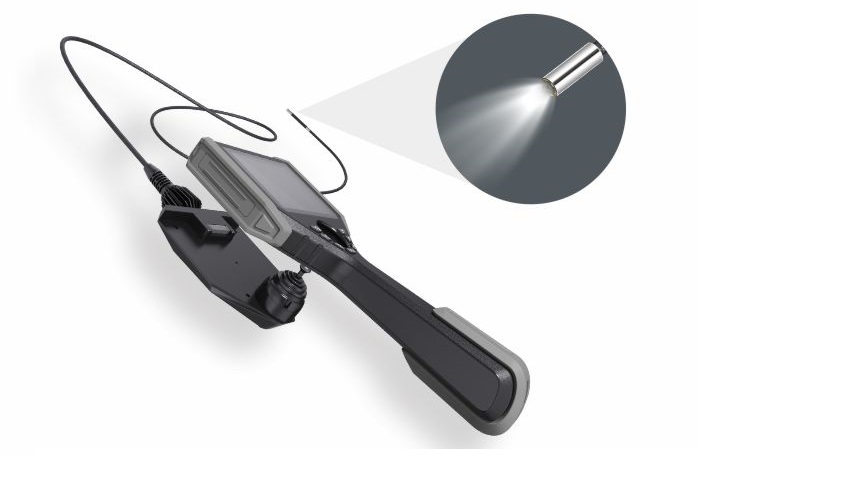The Principle of Industrial Endoscope: Revealing the Hidden World
2023-09-15
Industrial endoscopes are fascinating tools that have revolutionized inspection and maintenance processes across various industries. By allowing professionals to access and visualize hard-to-reach areas, these devices have greatly improved efficiency, accuracy, and safety in the field. In this article, we will explore the principle behind industrial endoscopes and how they work to uncover the concealed mysteries within industrial systems.
Section 1: What is an Industrial Endoscope?
An industrial endoscope, also known as a borescope, is a flexible or rigid tube equipped with a miniature camera at one end and a display unit at the other. It is designed to capture real-time images or videos of inaccessible areas, enabling inspectors and technicians to assess the condition, identify defects, and perform necessary maintenance without the need for disassembly.
Section 2: Optical Components:
The core components of an industrial endoscope consist of an optical system, light source, and imaging sensor. The optical system includes lenses, mirrors, and fibers that transmit light and images. The light source, typically an LED or fiber optic cable, illuminates the target area to improve visibility. The imaging sensor captures the reflected or transmitted light, converting it into digital signals for display.
Section 3: Transmission of Images:
The transmission of images within an industrial endoscope can be either direct or indirect. In direct transmission, the optical system directly relays the images from the target area to the display unit. This approach is common in rigid endoscopes, which provide high image quality but limited flexibility. In indirect transmission, the optical system transmits the images via a fiber optic bundle or digital image transmission system. This method is commonly used in flexible endoscopes, allowing for enhanced maneuverability in challenging environments.

Section 4: Illumination:
Illumination plays a critical role in industrial endoscopy as it determines the clarity and visibility of the captured images. Many endoscopes employ built-in LED lights or fiber optic cables to illuminate the inspection area. The light is directed towards the target through carefully positioned optical elements, ensuring optimal lighting conditions for clear and accurate imaging.
Section 5: Display and Control:
The endoscope's display unit provides real-time visualization of the captured images or videos. It can be a built-in screen on the main control unit or an external display connected wirelessly or via cables. Additionally, modern industrial endoscopes often come with advanced features such as image/video recording, zooming, image enhancement, and measurement capabilities, allowing users to document findings, analyze data, and make informed decisions.
The principle of industrial endoscopes revolves around the effective combination of optical components, illumination, and advanced imaging technology. By providing a window into inaccessible spaces, these devices enable professionals to identify and address issues promptly, reducing downtime, costs, and risks associated with manual inspections. As industries continue to embrace the benefits of industrial endoscopes, we can anticipate further advancements in imaging quality, portability, and integration with other technologies, ultimately enhancing efficiency and safety across a wide range of applications.



